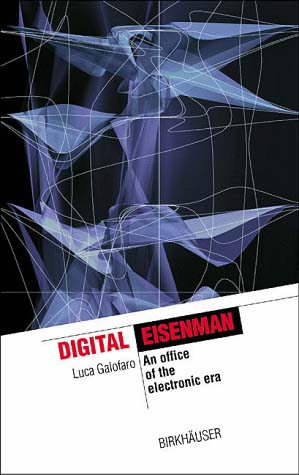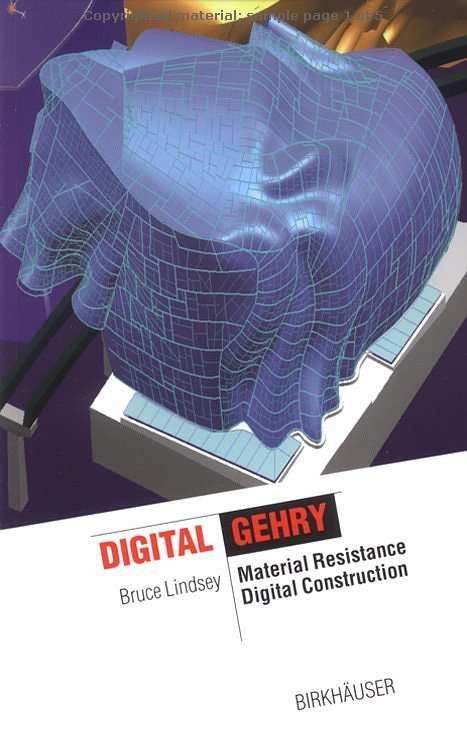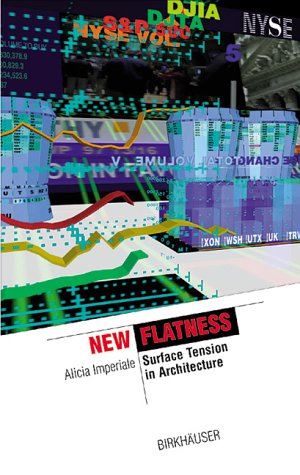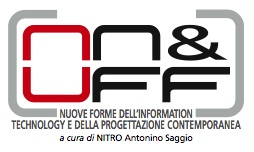
Antonino Saggio I Quaderni
Talks
Penezic & Rogina Some ideas in perspective

Listen Saggio Speech while seeing the images >>
Listen all the intervantions >>
Presentation of the book "Penezic&Rogina, digitalizzazione della realtà" It revolution in Architecture, Edilstampa Rome 2007. at Association of Architects of Croatia DAZ, present Author Nigel Whiteley, Antonino Saggio, Paola Cicconella, Sasa Randic, Sasa Begovic, Vinko Penezic & Kresmir Rogina.






Digitalization of reality
From the conclusion of text Nigel Whiteley:
....... A parallel point is made by Kengo Kuma in a short essay about the architects' work written for their "Architecture in the Digital Era" exhibit in 2003, and reprinted in Reality Check : "What is characteristic about the way Penezi? & Rogina have responded to IT is that their discontinuities have become even more pronounced, and that their works have become even more fragmented." Kuma views this in a very positive light, because
"Ordinary architects and designers try to respond to IT by using designs that embody an even greater element of continuity. This trend is particularly manifest with American architects [who] start with a rough and discontinuous item, forcibly smooth it out, and cover it with a continuous curved surface. IT has made things like this possible. A complex, rough surface that is made with numerous undulations is the faddish 'new form' of American design."
This is obviously beneficial in terms of branding and marketing, but is deficient in terms of variety and heterogeneity. Kuma argues that Penezi? & Rogina are
"...doggedly pursuing discontinuity. They continue to break up-even atomize-objects that were previously connected. Even before IT prevailed, they had this tendency to fragment items. I get the impression that this tendency is escalating, not waning, because of IT. Their particles' edges are becoming ever sharper and more strongly delineated, in stark contrast to the smoothing technique used in contemporary American designs."
For Kuma, Penezi? & Rogina have a profound understanding of the IT age and its implications: "If the basis of IT is digitization-breaking down the world into fine particles, calculating them and analyzing them - then the process of breaking things down into particles which characterizes Penezi? & Rogina's work perhaps more accurately represents their grasp of what IT essentially is." Kuma sees political implications here: "The current American-style trend looks new from the outside. However, it is new only as a fashion in terms of form. Hidden in the background is a 19th century-style hegemony that believes the world must be made, by the use of force, into a single domain. On the other hand, Penezi? & Rogina's fragmented designs symbolize a strong will to democratize the world in the truest sense and to liberate it." He concludes that "One look at their works is enough to convince me that the worries about IT creating a homogenized world are groundless."



Read the instrument of Caravaggio >>









BAGNISAVA
Piscina Mladost, 1984-1987
Mosaic Boris Bucan

DALLACIVILTĄVISIVAALLACULTURAAUDIO-TATTILE
Case di Vetro, 2001, concorso Central Glass - 2°premio 1990;
giudici: Kisaburo Ito, Takekuni Ikeda, Shoji Hayashi, Kisho Kurokawa,
Takefumi Aida, Kazuhiro Ishii, Masaki Umemoto

ARCHITETTURACOMENATURA
Le possibilitą del Non-Movimento, progetto per il concorso Shinkenchiku
2°premio 1996; giudice: Kazuyo Sejima

NIENTESCALA-
TIPOLOGIA- STILE
Un’Architettura che č un genere di Terra, progetto per il
concorso Central Glass - menzione d’onore 1999; giudici: Kisho Kurokawa, Kiyoshi Sakurai,
Tetsuo Naito, Yoshiaki Ogura, Toyo Ito, Kazuhiro Ishii, Riken Yamamoto, Tomoyuki Inokuchi, Shozo Baba

THEWALL
1991
Read an article on Penezic and Rogina new day Care in Zagreb in
"On&Off" # 16 "Tempo reale Penezic&Rogina" di Rosetta Angelini downLoad Pdf >>
see other pictures in "dieci e Lode" >>










